FAQs
Answers to Questions about the Hibbing Public Schools 2025 Referendum
Jump to questions about Our Challenges, the Plan, the Cost, Voting
Questions about Our Challenges
-
Hibbing Public Schools has worked hard to live within our means, but we face growing financial challenges from the rising costs of education, inflation, and unfunded government mandates.
Despite making painful budget cuts that eliminated 34 staff positions last spring, our schools face a funding shortfall of $2.6 million that threatens our ability to continue providing the best opportunities for our local kids. For more information, visit our Challenges Page.
-
Hibbing Public Schools is asking voters to consider a referendum to address pressing financial needs. Without additional funding, the district will face deeper budget cuts in the coming years. Approval of the referendum would help stabilize our finances and preserve current class sizes, staffing levels, and the programs and services students depend on.
-
Hibbing Public Schools operates on a $41.4 million budget, and like many districts, we’ve seen significant increases in essential costs that impact our ability to balance the budget. A few examples include:
Special education services – mandated supports require additional staffing and resources each year. In 2024, the district spent over $7 million on special education services for students.
Health and property/liability insurance – costs have risen sharply, with health insurance up 38% and property insurance up 40% just since 2022.
Utilities and transportation – the district spends more than $1 million annually on utilities and around $2 million on transportation, which continues to rise with fuel, insurance, and contract costs.
Safety and security – investments such as secure entrances, school resource officers, and tools like SmartPass (a digital hall pass and accountability system) help us keep students safe.
Career and Technical Education (CTE) and Career Academies – last year alone, we invested about $850,000 in expanding programs that give students real-world skills.
Pre-K and early learning programs – critical for preparing students for success, but require staff and space.
Social and emotional supports – expanded counseling, mental health services, and related resources to meet student needs.
Building upkeep – maintaining aging facilities adds continual strain on the general fund.
These rising costs affect our ability to balance the budget while still providing the high-quality education and support our students deserve.
-
Yes — over 70% of school districts across Minnesota rely on funding from local, voter-approved levies to bridge funding gaps.
This is because the state of Minnesota provides the majority of funding for local schools, but this level of support is not enough for many districts to cover the costs of student services, educational programming, technology, and building needs.
-
If Question One (operating levy) does not pass, the district will face a significant budget shortfall that directly affects day-to-day classroom operations. This includes staffing cuts that may impact class sizes, specialized instruction, and student support services. The district would also need to make deep operational adjustments, potentially reducing course offerings, cutting extracurricular activities, and limiting resources for students and teachers.
If Question Two (capital projects levy) does not pass, the district will likely need to cut, delay or scale back improvements to safety systems and technology.
If both ballot questions do not pass, the district will be forced to consider major budget reductions, including substantial staffing cuts, the loss or scaling back of student services and programs, increased class sizes, and reduced support capacity across schools.


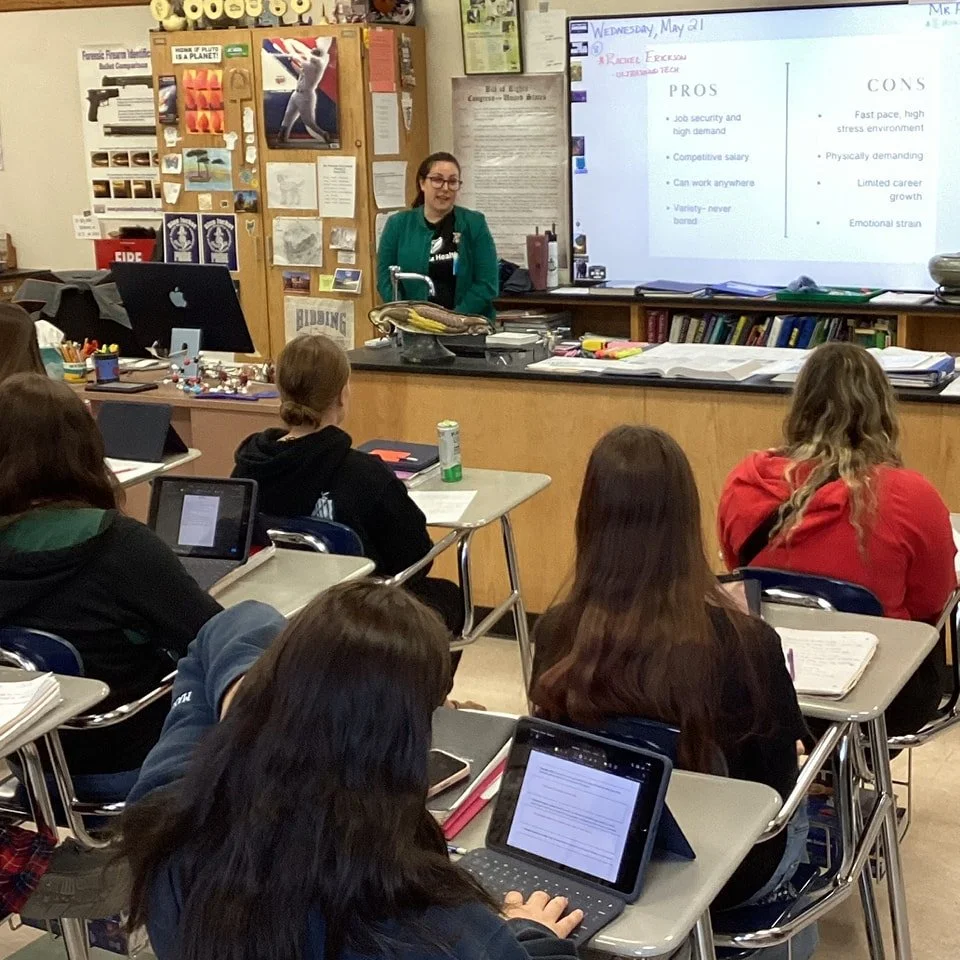

Questions about the Plan
-
During a special election on November 4, Hibbing Public Schools voters will consider two separate ballot questions:
Question One asks voters to approve a $1.3 million annual operating levy to fund day-to-day school needs, such as classroom supplies, staff salaries, program costs, and utilities.
Question Two asks voters to approve a $1.3 million annual capital projects levy to support capital and technology needs, helping us keep the general fund focused on students.
Together, these levies would generate $2.6 million per year for ten years—enough to protect current class sizes, retain our dedicated teachers and staff, and ensure students have access to the classes, programs and support they need.
-
The Hibbing School District has been carefully assessing our financial challenges. After the district was forced to make difficult budget cuts last spring that eliminated 34 teacher and staff positions, the district identified the funding gap to solve our current shortfall – $2.6 million. There are two ways to help fill this gap: an operating levy and a capital projects levy.
-
An operating levy helps fund daily school operations, including classroom supplies, program costs, staff salaries, and utilities. A capital projects levy helps fund capital, technology and transportation needs, keeping the general fund focused on learning.
By proposing both, the district has created a balanced plan to stabilize the budget and spread the impact among taxpayers.
-
If voters approve the referendum, Hibbing Public Schools would be able to protect current class sizes, maintain a wide range of classes and programs, and keep the dedicated teachers and staff who make our schools strong. The additional funding would help ensure students have access to the resources, opportunities, and support they need—including core academics, electives, mental health services, and technology that enhances learning.
-
If the referendum does not pass in November, our district’s financial challenges will not go away. To address our $2.6 million funding shortfall, Hibbing Public Schools will be forced to consider even deeper budget cuts that could mean more reductions in staff positions, classes and programming next year. These ongoing cuts would threaten our ability to continue providing the best opportunities for our students and keep the great teaching staff we have.
-
By law, school districts must separate operating levies and capital project levies on a ballot because they impact taxpayers differently. Operating levies apply to residential and commercial/industrial properties, while capital project levies apply to a wider range of property types.
-
Great schools benefit our community and those who call it home. They help attract families, support local businesses, and strengthen the quality of life in our area. Hibbing Public Schools have been a source of opportunity and community pride for over a century. The proposed referendum would allow our schools to continue supporting a bright future for Hibbing’s students and community.
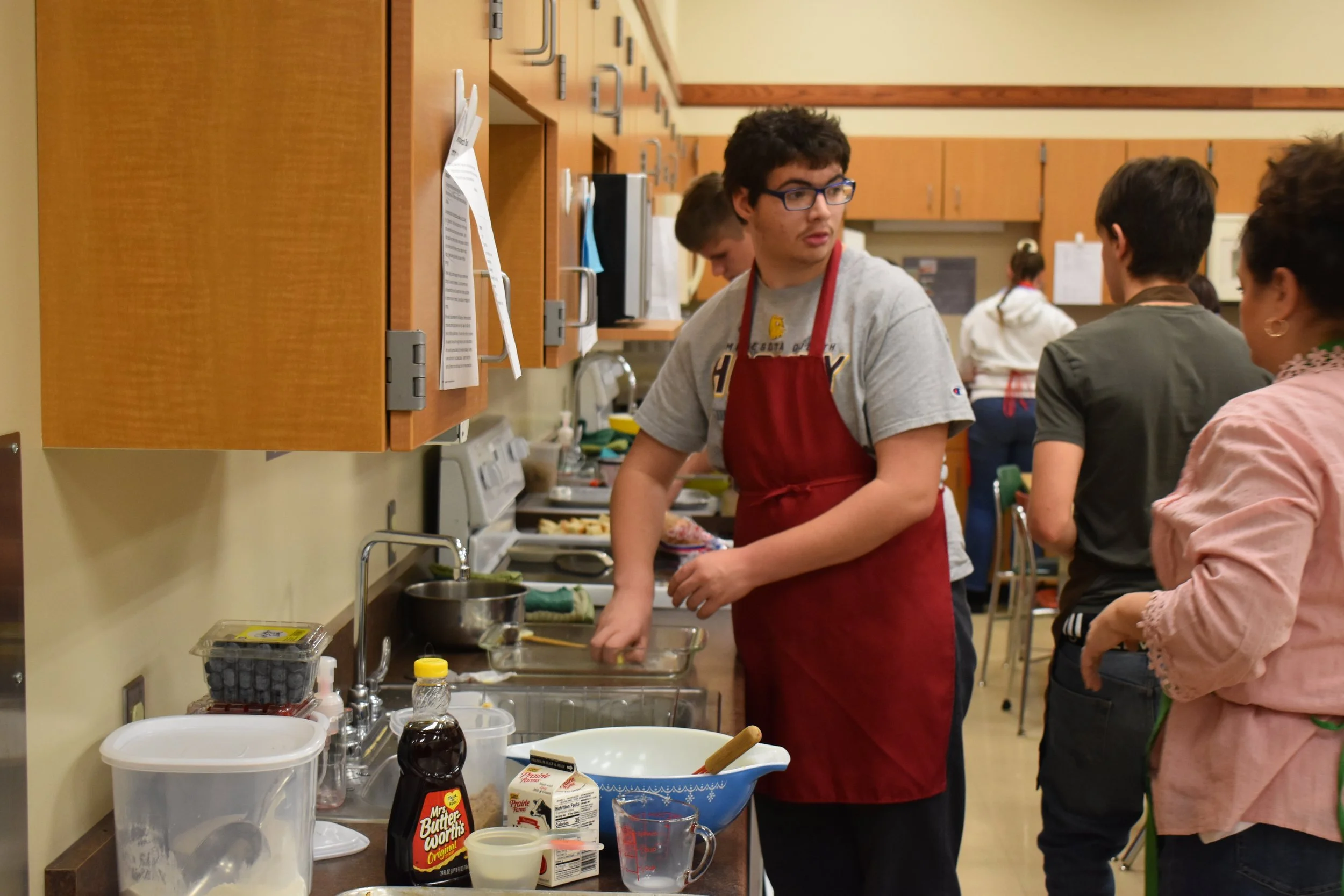
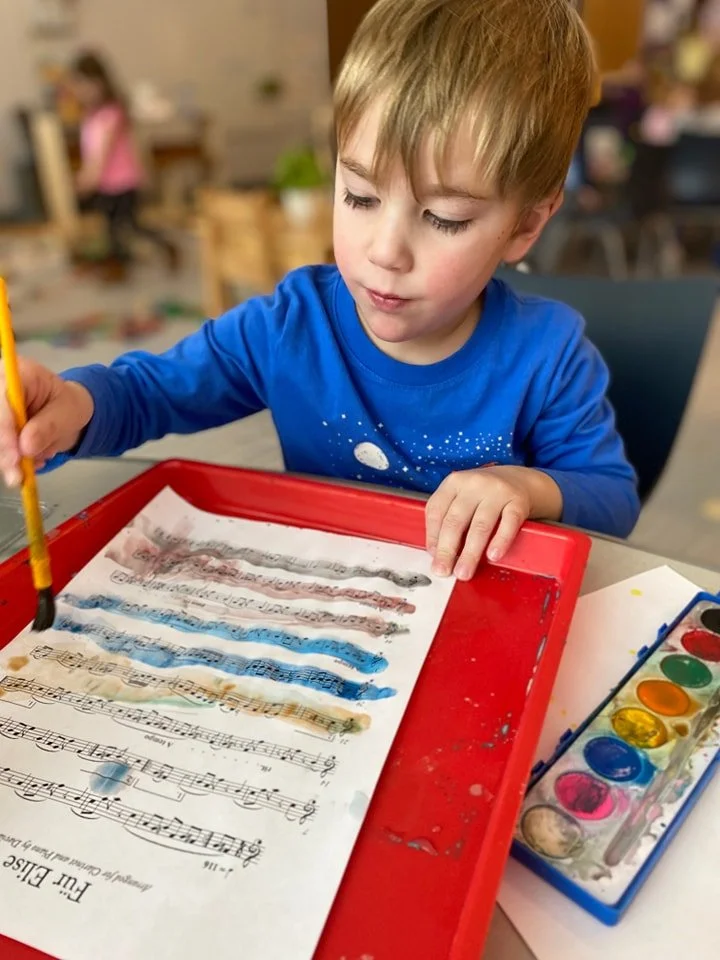


Questions about the Cost
-
Starting in 2026, the estimated tax increase for a median-value home of $175,000 would be approximately $19.76 per month. To estimate your specific tax impact, use the tax calculator.
-
Starting in 2026, the estimated tax increase for a median-value home of $175,000 would be approximately $14.11 for Question One (operating levy) and $10.53 for Question Two (capital projects levy). Because some existing district debt will be paid off in 2026, the tax impact of the referendum will be reduced by $4.88 per month. This means the total increase if both questions are approved would be $19.76 per month.
To estimate your specific property tax impact, use the tax calculator.
-
An operating levy is a local property tax that funds everyday school expenses like classroom supplies, staff salaries, program costs, utilities, and routine maintenance.
-
A capital projects levy is a voter-approved local property tax used for capital, transportation, and technology needs. It helps school districts preserve general fund dollars for instruction and student support.
-
The district has considered a variety of funding options, including exploring how we can maximize state aid through an operating levy request.
We don’t take the decision to pursue a referendum lightly. In fact, we have not asked for voter-approved funding in 12 years. But right now, our budget challenges mean we need to ask residents to help us keep our schools strong for the future.
-
Of the $603 per student being requested in Question One, $460 qualifies for what’s called “Tier 1” state aid. For that portion, the state is expected to cover about 5.98%—or $82,922—of the $1.3 million the levy would raise.
By structuring the request this way, the district is making the most of available state funding to help lower the impact on local taxpayers while still providing the resources students need.
-
Minnesota offers several tax refunds and deferrals that can reduce the tax impact of a referendum. For example, over half a million Minnesotans receive the Homestead Credit Refund. Learn how this refund could potentially offset some of your tax impact from the referendum. Explore tax relief opportunities.
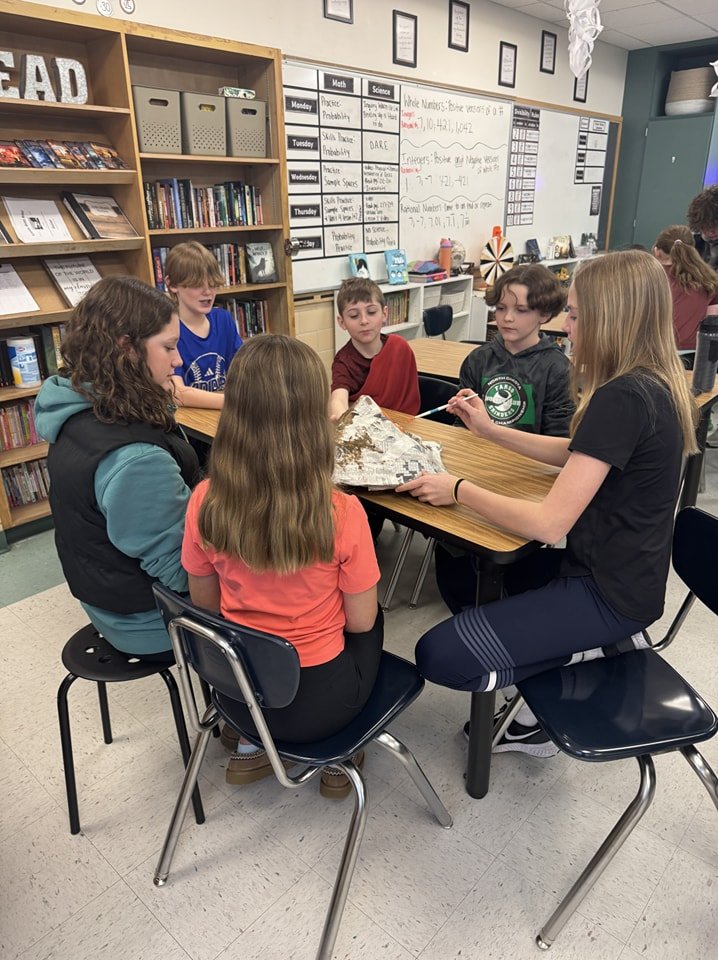
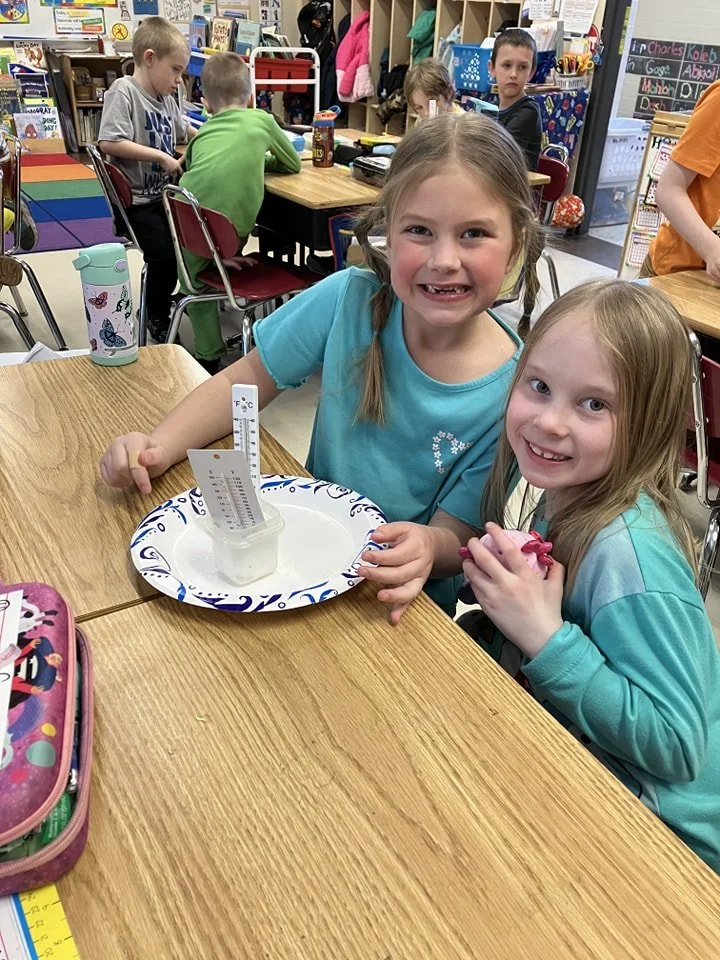
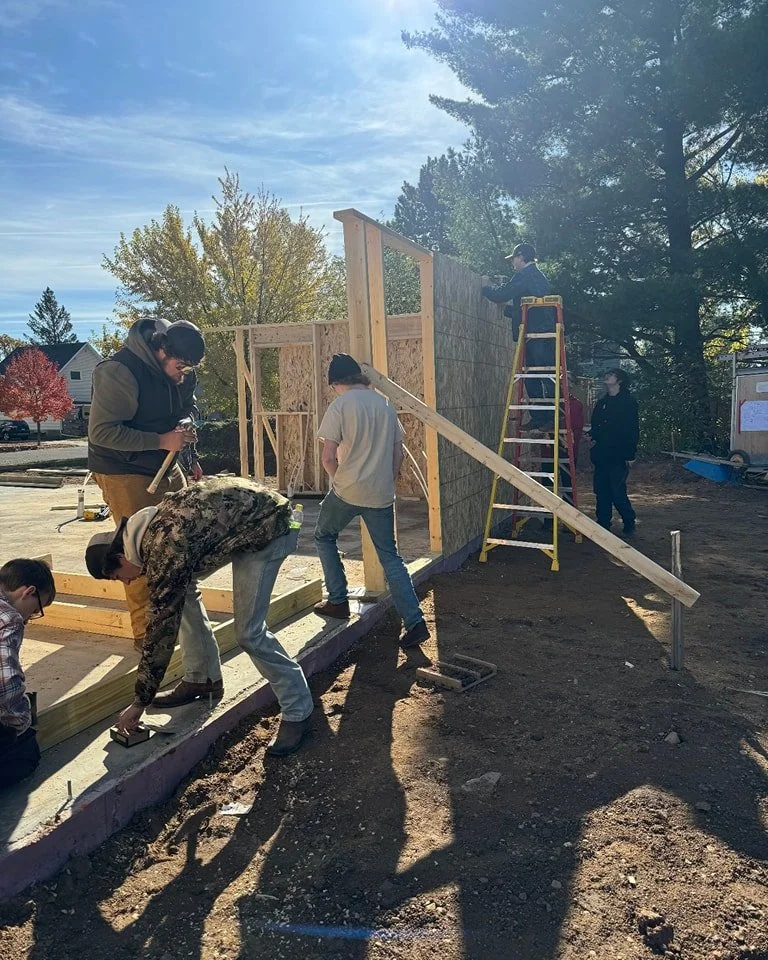

Questions about Voting
-
Election Day: Tuesday, November 4, 2025
Early voting begins: Friday, September 19, 2025
Visit the Voting page for more details.
-
Yes. Early voting starts on Friday, September 19 and goes through Monday, November 3. Learn more on the Voting page.
-
As the official government unit in charge of this special election, the school district is legally responsible for managing the entire voting process. That includes absorbing all costs – such as staffing, equipment, and facilities – for more than six weeks of early voting. We must follow all state laws to ensure the election is fair and properly run. Our district offices serve as a convenient public location for voting, just like other sites used in regular elections.
-
In November 2023, the school board decided to use one polling place for any future special election. This choice helps reduce costs, since the school district must pay for all parts of the election without extra funding. Using one location also makes it easier to manage staff and equipment while still giving voters a safe, accessible place to cast their ballots. The goal is to make voting available to everyone in the community while being responsible with public resources.

